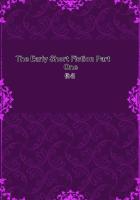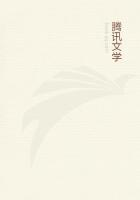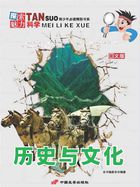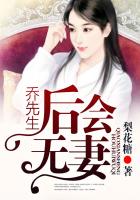The annals of religion show that the moral life has always these two aspects, the particular and the general, as in the doctrines of freedom and predestination, or in (20) the wrestlings with sin followed by self-abandonment that we find in the literature of conversion. [3] Perhaps we may say that the deterministic attitude is morally good in at least two classes of cases: First, for nervous, conscientious individuals, like Spinoza, whose wills need rather calming than stimulating, also for any one who may be even temporarily in a state of mental strain; second, in dealing on a large scale with social or moral questions whose causes must be treated dispassionately and in a mass.
These questions of free-will versus law, and the like, are but little, if at all, questions of fact梬hen we get down to definite facts bearing upon the matter we find little or no disagreement梑ut of point of view and emphasis. If you fix attention on the individual phase of things and see life as a theatre of personal action, then the corresponding ideas of private will, responsibility, praise, and blame rise before you; if you regard its total aspect you see tendency, evolution, law and impersonal grandeur. Each of these is a half truth needing to be completed by the other; the larger truth, including both, being that life is an organic whole, presenting itself with equal reality in individual and general aspects. Argument upon such questions is without limit梥ince there is really nothing (21)at issue梐nd in that sense the problem of freedom versus law is insoluble.
Above all, the organic view of mind calls for social knowledge as the basis of morality. We live in a system and to achieve right ends, or any rational ends whatever, we must learn to understand that system. The public mind must emerge somewhat from its subconscious condition and know and guide its own processes.
Both consciously and unconsciously the larger mind is continually building itself up into wholes梖ashions, traditions, institutions, tendencies, and the like梬hich spread and diversify like the branches of a tree, and so generate an ever higher and more various structure of differentiated thought and symbols. The immediate motor and guide of this growth is interest, and wherever that points social structure comes into being, as a picture grows where the artist moves his pencil.
Visible society is, indeed, literally, a work of art, slow and mostly subconscious in its production梐s great art often is梖ull of grotesque and wayward traits, but yet of inexhaustible beauty and fascination. It is this we find in the history of old civilizations, getting from it the completed work of the artist without that strain and confusion of production which defaces the present. We get it, especially, not from the history of the theorist or the statistician, but from the actual, naive, human record to be found in memoirs, in popular literature, in architecture, painting, sculpture, and music, in the industrial arts, in every unforced product of the mind.
Social organization is nothing less than this variega -(22) - tion of life, taken in the widest sense possible. It should not be conceived as the product merely of definite and utilitarian purpose, but as the total expression of conscious and subconscious tendency, the slow crystallization in many forms and colors of the life of the human spirit.
Any fairly distinct and durable detail of this structure may be called a social type; this being a convenient term to use when we wish to break up the whole into parts, for analysis or description. Thus there are types of personality, of political structure, of religion, of classes. of the family, of art, of language; also of processes, like communication, cooperation, and competition; and so on. The whole is so various that from every new point of view new forms are revealed.
Social types are analogous to the genera, species, and varieties of the animal world, in being parts of one living whole and yet having a relative continuity and distinctness which is susceptible of detailed study. Like biological types, also, they exist in related systems and orders, are subject to variation, compete with one another, flourish and decay, may be flexible or rigid, and may or may not form prolific crosses with one another.
Without forgetting to see life as individuals, we must learn to see it also as types, processes, organization the latter being just as real as the former. And especially, in order to see the matter truly, should we be able to interpret individuals by wholes, and vice versa.
EndnotesSee his essay on Coleridge. Pollock's Spinoza, 2d ed., 195. Amply expounded, with due stress on the moral value of lettinggo, by William James, in his Varieties of Religious Experienee: "This abandonment of self-responsibility seems to be the fundamental act in specifically religious, as distinguished from moral practice. It antedates theologies and is independent of philosophies . . . it is capable of entering into closest marriage with every speculative creed." Page 289. 第一章CHAPTER III
PRIMARY GROUPSMEANING OF PRIMARY GROUPS -- FAMILY, PLAYGROUND, AND NEIGHBORHOOD-- HOW FAR INFLUENCED BY LARGER SOCIETY -- MEANING AND PERMANENCE OF "HUMANNATURE" -- PRIMARY GROUPS THE NURSERY OF HUMAN NATURE.

